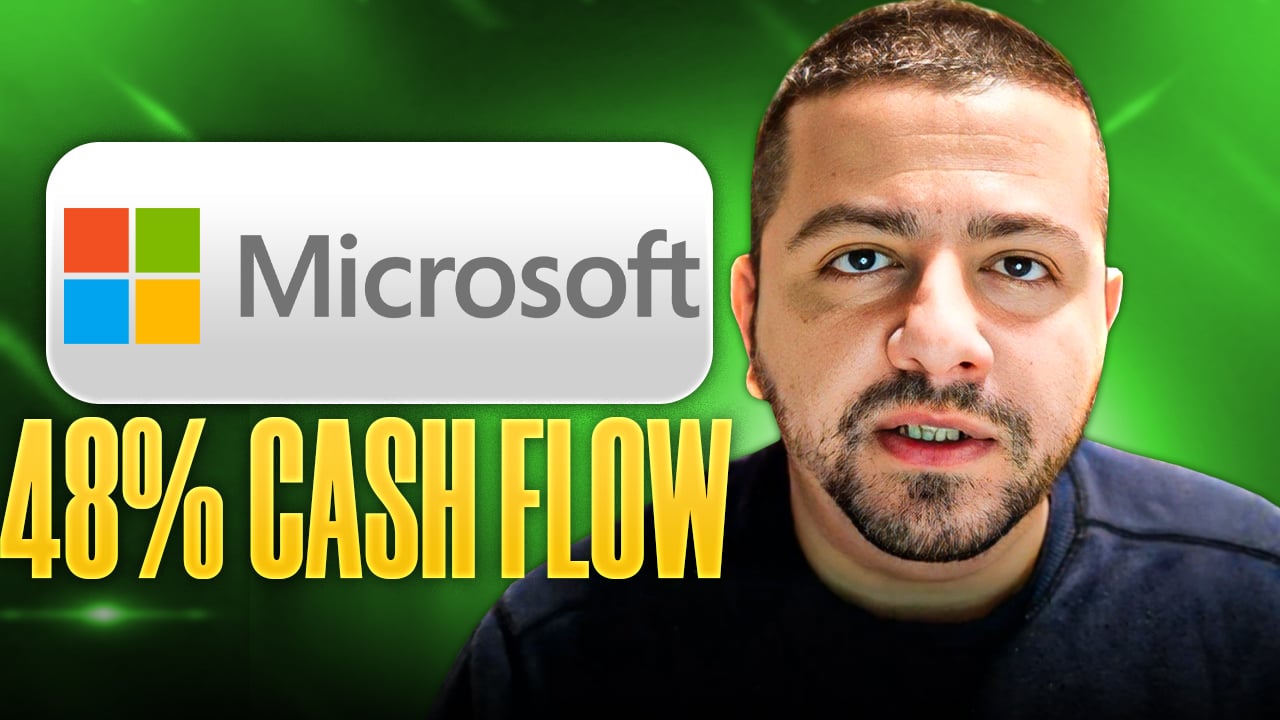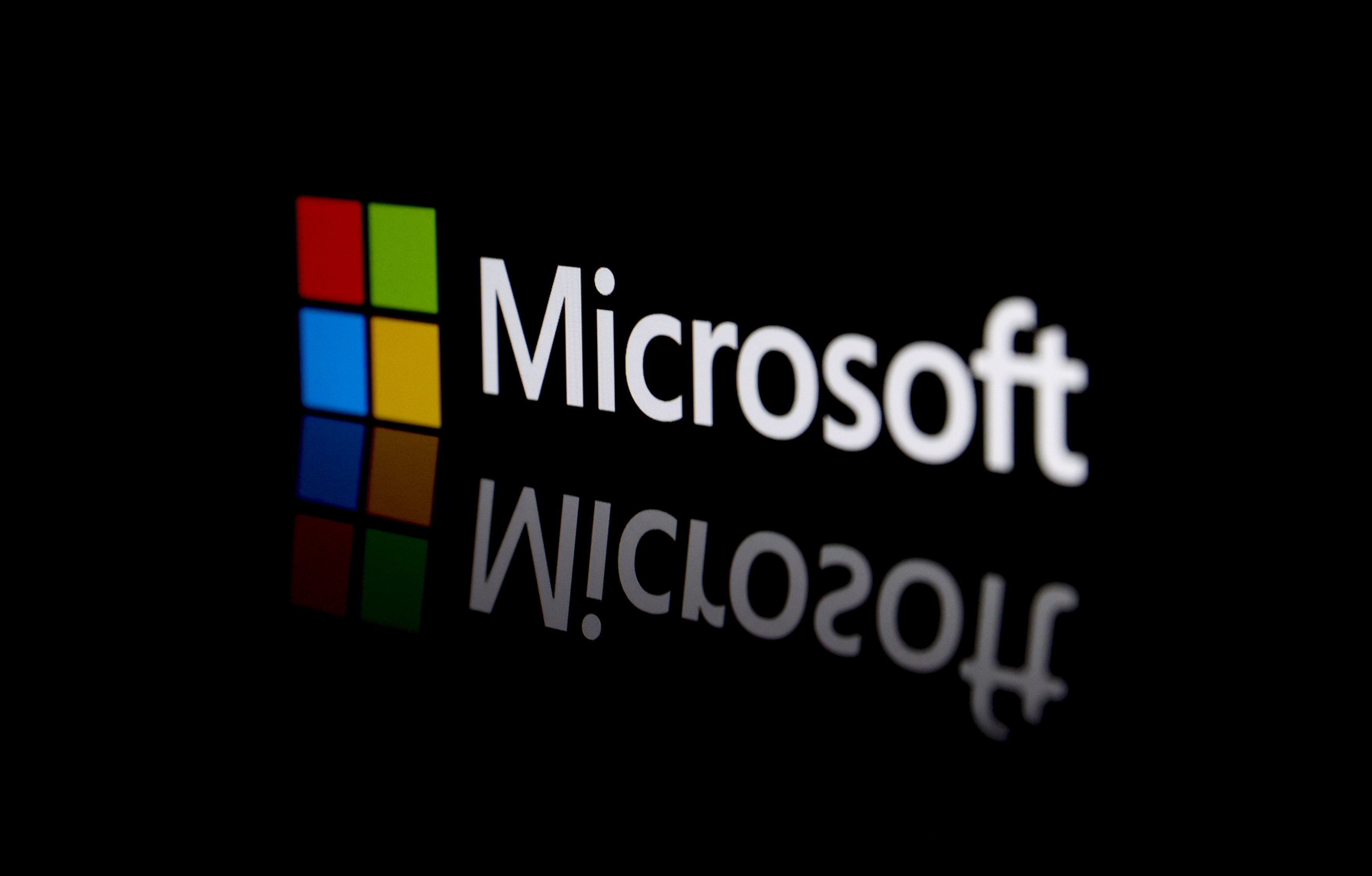
Image source: Getty Images.
Alphabet (GOOG 1.03%) (GOOGL 1.03%) has been making steady gains in the classroom, thanks to the Chromebook. The search giant is looking to maintain that momentum and has just announced two new Chromebooks that are specifically designed for the educational market. Google is also taking the opportunity to share a few data points. There are now 20 million teachers and students using Chromebooks and Google Classroom, and over 70 million people now use G Suite for Education, the company's online productivity suite that's tailored for educational purposes.
A tale of two new educational Chromebooks
The two new devices are the Acer Chromebook Spin 11 and the ASUS Chromebook C213. Google says it collaborated with educators to include features that would specifically help in the classroom. Specifically, that includes stylus support for students to draw and take notes. In order to keep costs down, the styluses are cheap, don't need to be charged or paired, and are easily replaced if lost. This move is clearly designed to broaden appeal by offering something that tablets do.
In May 2016, Google said it was bringing Android apps to Chrome OS. This was part of Google's broader strategy to merge Chrome OS and Android. Administrators will be able to install Android apps on educational Chromebooks, which is a big win considering how much more educational content is available for Android.
Microsoft wants in
Chromebooks and tablets have largely displaced low-cost Microsoft (MSFT 1.04%) PCs, but the software giant is fighting back. Microsoft also just announced Intune for Education. Intune is the company's mobile device management offering, which has historically been catered to the enterprise. Intune for Education will be a cloud-based application for device management, which will allow administrators to manage a group of Windows 10 devices in educational settings. Microsoft says this is one of two critical pieces that it has been missing in the educational market, with the other being affordable Windows 10 PCs.
Video source: Microsoft.
Microsoft makes it clear that it's taking a direct shot at Chromebooks, saying, "New Windows 10 Devices Offer Great Alternatives to Chromebooks." The company is unveiling a slew of new Windows 10 devices that are targeting education, from HP, Acer, and Lenovo.
Where's Apple?
A few years back, Apple (AAPL +0.09%) tried to position the iPad as the ideal educational computing device, but for the most part those aspirations have fallen flat. Chromebooks are able to undercut iPads by a significant margin, and the presence of an attached keyboard is important for education and productivity. Many of the Chromebooks and Windows PCs that are gaining traction in the educational market are priced at just $150 to $300; the cheapest iPad is the aging iPad Mini 2 that was launched in 2013 and currently costs $269.
The educational market has long been important to Apple from a philosophical perspective, if not a financial one. But prices continue to fall, hindering Apple's ability to compete. Importantly, 2-in-1 devices are expected to continue growing in education, and Apple does not offer a full-fledged 2-in-1 product.
It looks like Microsoft and Google may end up winning the battle for the classroom.






